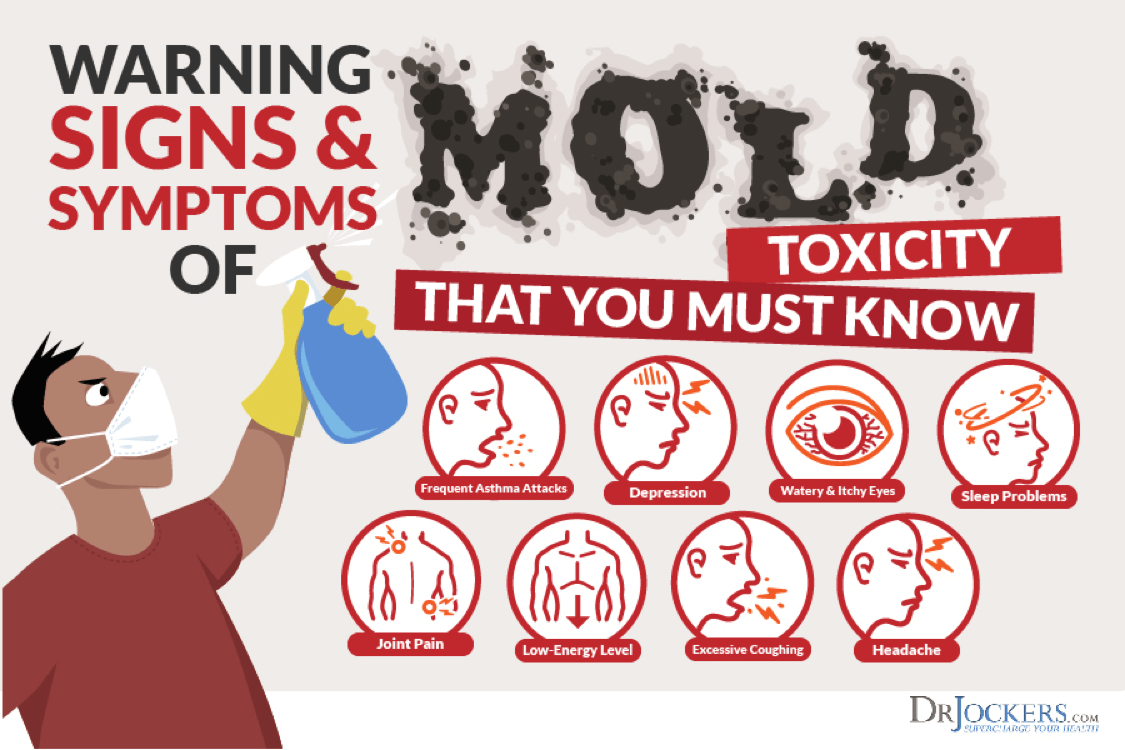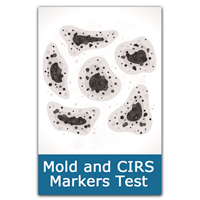$389.00
Description
![]()
Mold and CIRS Markers
The NutrEval Plasma® is both a blood and urine test that evaluates over 125 biomarkers and assesses the body’s functional need for 40 antioxidants, vitamins, minerals, essential fatty acids, amino acids, digestive support, and other select nutrients.
NutrEval is the most comprehensive functional and nutritional assessment available. It is designed to help practitioners identify root causes of dysfunction and provide a systems-based approach to help patients overcome chronic conditions and live a healthier life.
Mold, especially indoor mold exposure is a major health issue that can affect many people and have varying health effects from person to person. Mold is a natural occurring part of the environment that can travel and spread from different environments including your indoor living space or home.
It spreads and grows by releasing mold spores into the air that will begin to travel throughout close by areas, therefore impacting a number of different environments. As mold begins to reproduce, its effect on humans who have been exposed could be significant.
Sensitivities can plague some individuals when contact occurs between mold, with symptoms spurring into overdrive in some cases. The type of mold present can lead to variations of symptoms, with a rough estimate of 1,000 species of mold currently in the United States.
What is Mold Toxicity?
Mold toxicity occurs when mycotoxins are produced by micro-fungi such as mold, that can affect your body’s system leading to chronic symptoms.
It is estimated that 24% of the population is genetically susceptible to this illness and will begin experiencing chronic inflammatory immune responses as a result of this exposure. Toxins produced by mold will start to accumulate inside the body and begin its takeover of symptoms to an individual.

Mold Toxicity vs Mold Allergies
Confusion surrounds the different mold illnesses, specifically mold toxicity and mold allergies. These two separate illnesses illicit different reactions in the body and can affect a person differently.
Mold allergies are caused by mold spores that become inhaled and stimulate symptoms similar to those of hay fever. Mold toxicity, in comparison to mold allergies, is caused by the volatile toxic vapors that are dispersed by mold that in turn elicits a chronic inflammatory response that impacts the entire body.
Diagnosing this condition is very hard, especially for medical professionals who often misdiagnose it because of the wide variation of possible symptoms. The first step in diagnosing mold toxicity or even mold allergies is identifying mold within your environment, particularly in your home.
Blood Labs to Review for Mold Toxicity
These blood markers are some of the most common that are associated with mold toxicity and chronic inflammatory response syndrome (CIRS).
MSH
I also recommend checking for the regulation of melanocyte-stimulating hormone (MSH), which can be used as a marker for inflammation, pain, and sleep issues.
MSH is one of a number of hormones that the pituitary gland, hypothalamus and skin cells produce. It’s a powerful anti-inflammatory and helps to regulate inflammatory response. A low MSH level is associated with low endorphins, which means an increase in pain.
Low MSH is caused by increased inflammation, triggered by cytokines reacting to biotoxins such as mold or bacterial/fungal/parasitic infections in the body. Those that suffer from biotoxin illnesses, such as chronic Lyme disease and mold exposure, are prone to inflammatory activity that lowers MSH.
Normal levels are between 20-80 pg/ml. Low levels are commonly seen in chronic fatigue, chronic pain, chronic sleep issue, and pituitary dysfunction.
C4a
I also recommend checking your C4a levels. C4a is a small protein released by C4, a complement component as part of your innate immune system response. High C4a can indicated capillary hypoperfusion and result in temperature dysregulation and high levels of inflammation.
Optimal levels are between 0 and 650 ng/mL. High levels of C4a mean that your immune system is in overdrive and may indicate toxins or pathogenic overgrowth.
TGF-B1
Looking at your transforming growth factor-beta 1 (TGF-B1) levels may also be helpful. TGF-B1 is a polypeptide member of the TGF-beta superfamily of cytokines that play a role in cell growth, cell differentiation, cell proliferation, and cell death.
Research shows that TGF B-1 has a role in activation of autoimmunity as well as suppressing autoimmunity. TGF-beta, together with IL-6 and IL-21, promotes Th17 cell development.
Th17 cells have been identified as a lineage distinct from Th1 and Th2 cells, and are required for induction of several autoimmune diseases, including collagen-induced arthritis, experimental autoimmune encephalitis (EAE), and inflammatory bowel disease (IBD), and also for the ability to clear bacterial infections of the intestine and the airways.
Normal levels are between 344 and 2382 pg/mL. High levels mean high levels of inflammation and a disease state.
MMP9
I also recommend looking at your matrix metalloproteinase-9 (MMP-9) levels. MMPs play a role in inflammation and fibrosis in cardiovascular disease.
MMP-9 is specifically connected to breaking down extracellular matrix proteins (ECM proteins) and triggering cytokines and chemokines for tissue remodeling.
Normal levels range between 85 and 332 ng/mL. High levels are seen in inflammation and cancer.
VIP
I also recommend looking at Vasoactive Intestinal Polypeptide. VIP is a neuroregulatory peptide made in the hypothalamus (suprachiasmatic nucleus). It works to help regulate blood flow, blood distribution and cytokine responses.
It also plays an important role in managing pulmonary artery pressures and helps the body make T regulatory cells. Low VIP levels lead to poor regulation of inflammation and chemical sensitivities. A symptom of low VIP is dyspnea, or trouble breathing, on exertion. Normal levels are 23-63 pg/ml
Leptin
Leptin is a hormone your adipose tissue (body fat) releases that helps your body maintain your normal weight on a long-term basis. It does this by regulating hunger by providing the sensation of satiety.
Inflammation disrupts normal binding of leptin to its receptor in the hypothalamus. In response, the body makes more leptin to try to accommodate for this receptor resistance. Biotoxin illness often shows high leptin levels.
Leptin is produced within fat cells and women have more body fat than males so they are expected to have higher levels. The normal ranges are as follows: Male: 0.5-13.8 ng/mL; Female: 1.1-27.5 ng/mL
Mold Markers Blood Lab
This blood draw looks at these key biomarkers so you and your practitioner can better understand your body’s inflammatory response to mold and other biotoxins that you may be exposed to.


Fortunately, because of the many thousands of newsletter readers and social media followers, my team has been able to network with a great lab distributor and get the best possible pricing for everyone.
The retail value (using market value and insurance based rates) is highly inflated and driving up the cost of health care. This is the old, archaic method that many people are still using and paying way more for insurance and co-pays than they really should be.
Many intelligent people are saving insurance premium dollars and turning to pay by order labs such as DirectLabs and others. These skip the middle man (doctors’ visits) and cut down costs for the patient.

If the test requires blood work you can take your kit to any local lab and have the trained professional take your blood and fill out the kit and send it in the mail.
Urine and blood prick tests can all be done in the comfort of your home and sent into the lab with the mailing slip in your kit. All instructions will be sent to you with the kit. It is a very simple process that most anyone can figure out. The lab also has a customer service phone # if any help is needed.






Comments